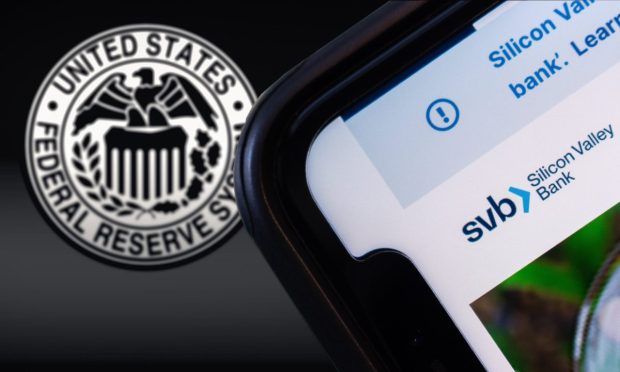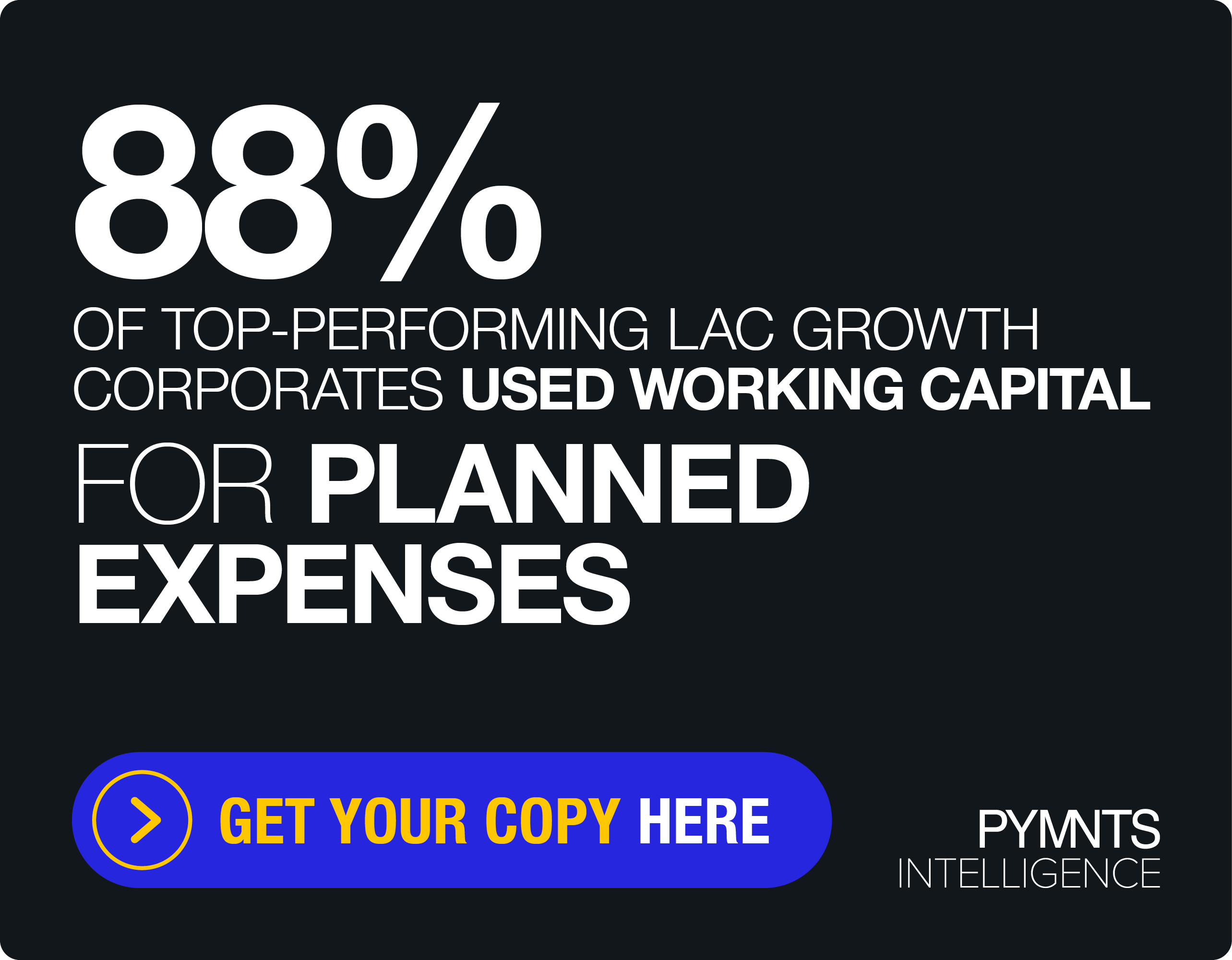SVB Collapse Raises Knotty Questions About the Overseers and the Overlooked

Hindsight is always 20/20 — and, in the rearview mirror, the Silicon Valley Bank collapse was obvious to see.
Big bank. Dominant player/big fish in a relatively small pond. That pond, of course, was the tech industry, and in fact, SVB was a lifeline of capital and liquidity to that sector, having banked just about half the nation’s startups. The concentration of deposits — as would be the case with any financial institution (FI) — portends a concentration of risk.
The concentration of risk demands oversight, and oversight demands responsiveness from the overseen. And yet reports have surfaced this week, via The New York Times, that no less than the Federal Reserve was actively examining and warning SVB, beginning in 2021, that there had been “serious weaknesses” in terms of risk management. Key among the concerns: The bank would not have access to cash to grapple with emergencies. By last summer, the Fed had deemed SVB “deficient” in its governance and controls.
Review after Review
And: There was nothing done amid the slew of reviews and the identification of various deficiencies.
Time ran out, we note, and market forces wound up exposing those risks in the worst possible way: by sparking bank runs and a negative ripple effect that spread out well beyond the confines of Silicon Valley and has upended other players. The impact’s been felt around the world, where, of course, UBS and Credit Suisse are now in a tie-up.
In part, and as noted in an interview with Karen Webster, QED Partner Amias Gerety said there’s likely to be a revisiting of in-place laws that have made it harder to regulate banks of SVB’s size, which have had less than $250 billion in assets. Increased capital requirements would, in some form, limit at least some of the funds channeled back into a bank’s customer base and in the economy at large but would conceivably be a buffer to shore up demands by depositors and, by extension, prevent bank runs. It’s no longer a case of “too big to fail,” but a case of “no one’s too small to matter.”
As to what we might think of as separation of powers — or at least the perception of conflict of interests — the Times has noted that SVB’s chief executive sat on the Board of the Federal Reserve Bank of San Francisco until March of this year. In other signals that there were no “walls” up that might be seen in other organizations, Bloomberg reported that loans to officers and directors tripled during the third quarter a year ago to the end of 2022 to $219 million, right into the teeth of the calamity. The general tenor of the lending portfolio — not just to the insiders — was one of taking big bets, at least on borrowers.
Nearly two-thirds of the bank’s roughly $47 billion in loans were at least $20 million per loan. The old saying goes that if you owe the bank $1 million, the bank owns you. Owe the bank $100 million and you own the bank — which means, as the fortunes of a few borrowers (and depositors) go, so goes the bank. And for SVB, the ultimate lesson for the regulators is that regulatory reform will be on the horizon.

